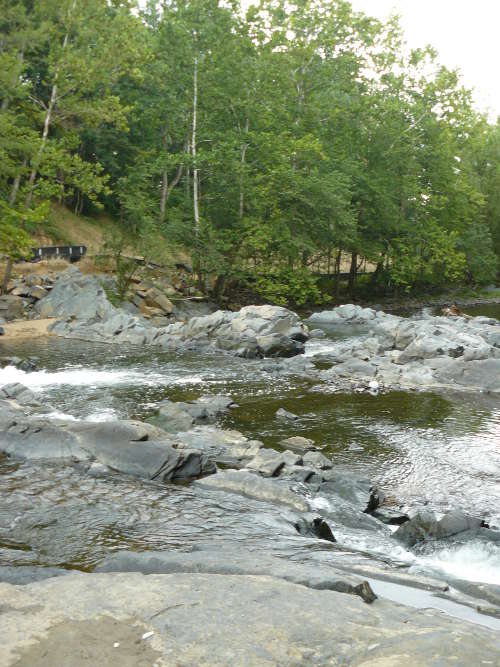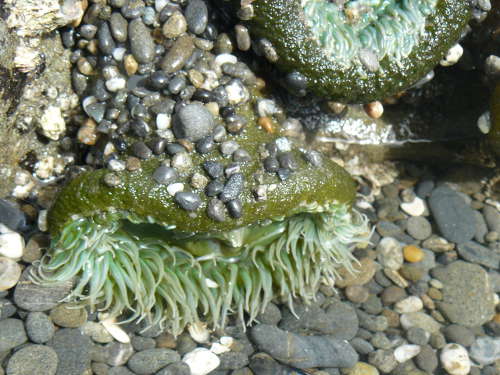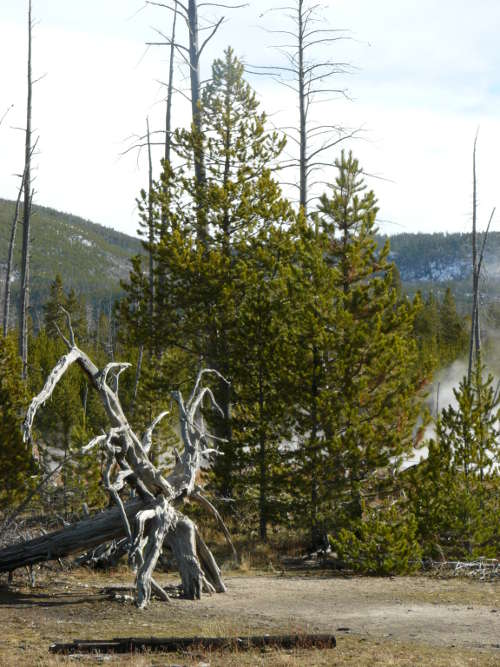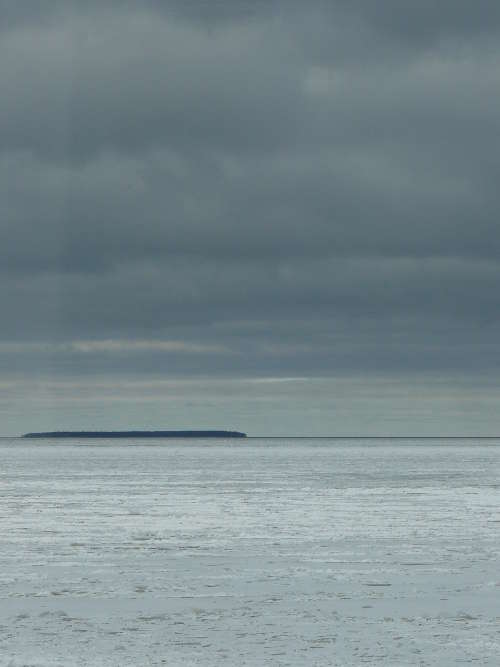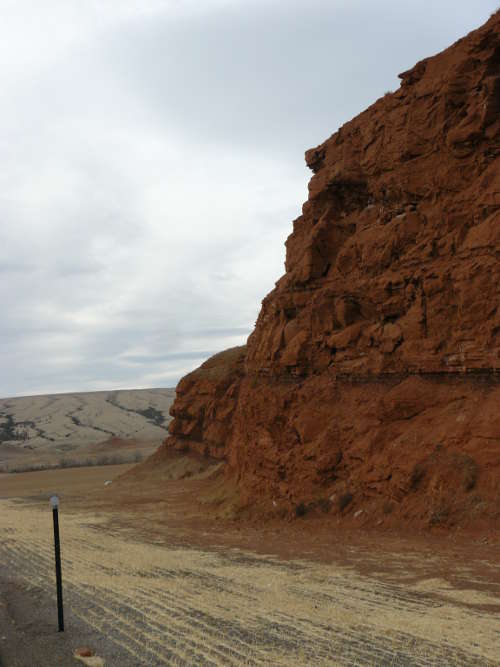 Location Taken: Thermopolis, Wyoming
Location Taken: Thermopolis, Wyoming
Time Taken: November 2012
I’ve been so many places, seen so many things, and it still boggles my mind when I come across a deeply-colored rock.
Admittedly, that may be partially due to some sort of bias for rocks. I’m not sure, but I think I have one. Maybe.
I’ve spent most of my years in the Eastern US. This land is full of lots of trees and plants and people and not so many rocks. There’s just too much dirt and life in the way to see them. The only ones you run across tend to be the hardest rocks, which, due to reasons, tend to be solidly in the grey range.
Now, a fine red rock like this? You just don’t see those in the wet East Coast. The red color comes from rusting iron, which has a tendency to make the rock a bit more brittle. You can see how it looks like it’s shedding red dust.
Rain is really great at dissolving away rocks. The water itself is slightly acidic, and then there’s the sheet mechanical force created by water following gravity to the low spots. Put a brittle rock like this in a rain storm and it’ll come out smaller.
This also creates a lot of fine, wet, rock dust. Just the stuff plants love growing in and converting to dirt. Not only would this rock be shrinking from the rain if it got transported to the East Coast, the plants would be quickly colonizing the heck out of it.
Which, amusingly enough, would actually stop it from shrinking as much, since all those plants divert away the water. Doesn’t help one bit for letting me see the rocks, though.

